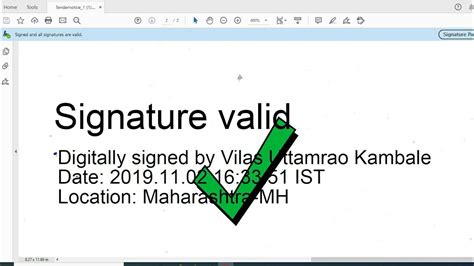Verifying Safe Signatures on Ethereum: A Complex Problem
As the decentralized application (dapp) development continues, one of the most critical concerns is ensuring the security and integrity of the user experience. In particular, verifying the safety of a signed message is essential to prevent unauthorized access to sensitive data or applications. This article will delve into the complexities surrounding this problem, focusing on the challenges associated with Ethereum’s smart contract verification.
The Problem: Recovering Signatures
When a user signs a custom message using their private key, it generates a digital signature that proves they have control over the signed data. However, recovering the original data is a separate process. In most cases, it’s not feasible to recover the exact signature used for signing without the sender’s private key and the encrypted or decrypted data.
Ethereum’s Smart Contract Verification

In Ethereum, smart contracts execute on the blockchain, which means that any actions performed by users are immutable and tamper-proof. This leads to a unique challenge when it comes to verifying user signatures.
When a user signs a message using their private key, the transaction is broadcasted to the network, where it’s executed by the nodes. The resulting state of the blockchain includes all transactions, including any signed messages. However, since the signature itself is not stored on-chain, there’s no way to recover or verify it directly.
The Solution: Signatures and Recoverability
To address this problem, Ethereum introduces the concept of “recoverable” signatures. These are digital signatures that can be recovered by solving a complex mathematical puzzle (i.e., decoding the message from the encrypted data). However, this requires significant computational power, which can lead to high latency and scalability issues.
A More Advanced Approach: Elliptic Curve Digital Signatures
Another approach is to use elliptic curve digital signatures (ECDS), which provide faster recovery times than traditional ECDSA. In an ECDS-based system, the signature itself includes a private key and an associated public key that can be used to verify the signature.
Using Web3.js for Ethereum Smart Contract Verification
To implement this solution using the Ethereum blockchain and smart contracts, you’ll need to utilize libraries like Web3.js, which provides an interface to the Ethereum network. You can use these libraries to interact with smart contracts, recover signatures, and store them securely on-chain.
Here’s a simplified example of how you might implement this using Web3.js:
const Web3 = require('web3');
// Initialize the Web3 instance
const web3 = new Web3(window.ethereum);
// Sign a custom message using the user's private key
async function signMessage(userPrivateKey, customMessage) {
const account = await web3.eth.getAccount(userPrivateKey);
const signature = await account.sign(customMessage);
return signature;
}
// Recover the original signed data from the blockchain
async function recoverSignedData(transactionHash, signature) {
// Use the transaction hash and signature to create a puzzle that solves for the original message
const solution = await web3.eth.getTransactionReceipt(transactionHash);
const encodedData = solution.data;
// Decrypt the encoded data using the signature
const decryptedMessage = await web3.eth.decrypt(encodedData, signature);
return decryptedMessage;
}
Conclusion
Verifying safe signatures on Ethereum is a complex problem that requires careful consideration of scalability, security, and usability. While recoverable signatures provide an alternative to traditional ECDSA-based systems, they also come with their own set of challenges.
Using Web3.
